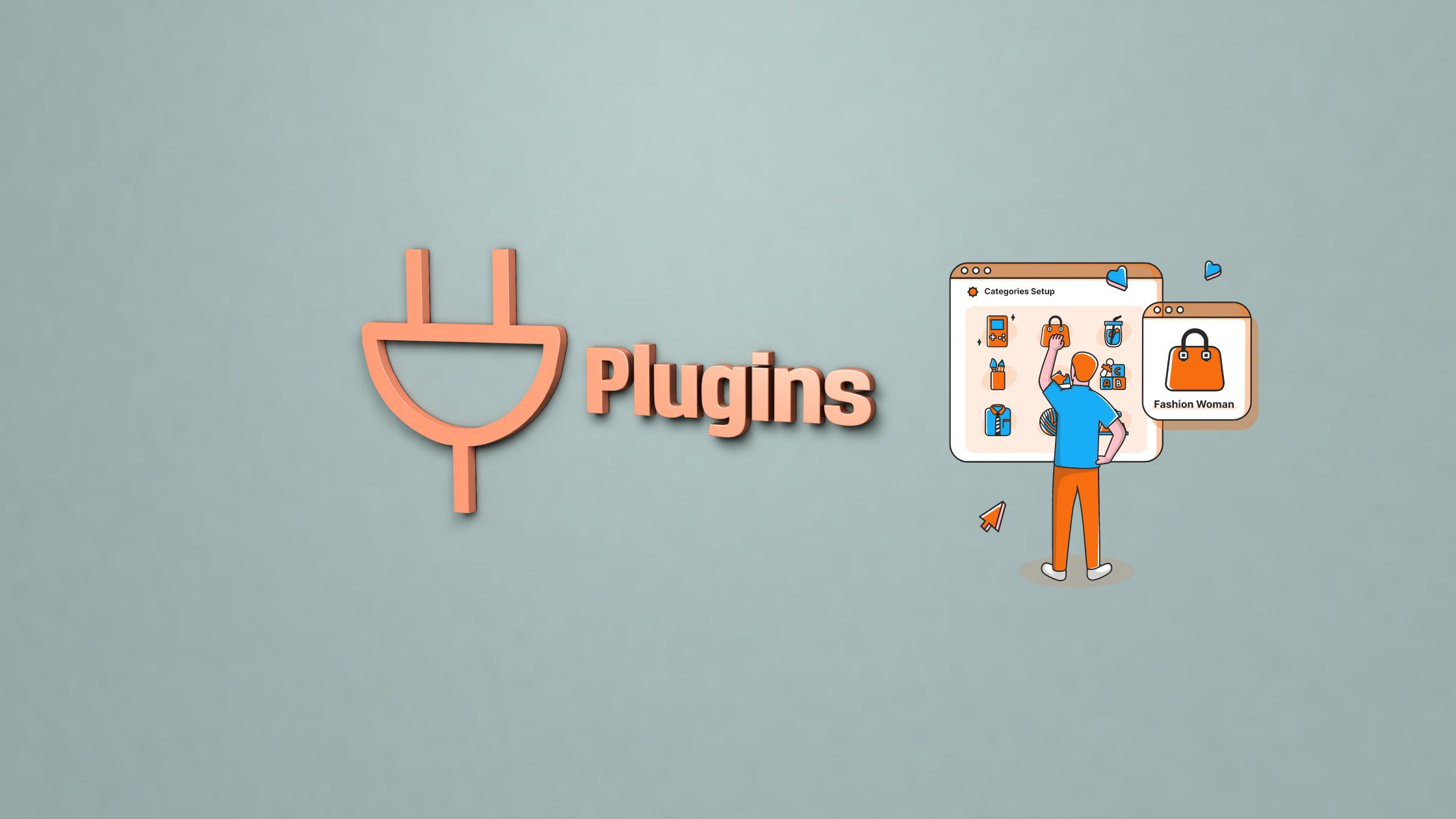 Software Development
Software Development
What is a Practice Management System – Features, Definition, Benefits Explained
Practice Management System (PMS) is a solution designed to improve various aspects of healthcare administration for vets as well. In this blog post, we’ll look into the basic definition like what is a practice management system, practice management software features, and its advantages and disadvantages. By the end, you’ll have a clear understanding of how a PMS can revolutionize healthcare software development.
What is a Practice Management System – Practice Management Software Definition
Imagine running a healthcare practice without the right software to manage appointments, patient records, and billing. It’s like trying to use a complex medical scenario without a map. This is where Practice Management Software comes into play.
Practice Management Software Features
PMS not only simplifies administrative tasks but also contributes to the automation of patient care. Let’s take a closer look at the key features that make Practice Management Software an essential solution for healthcare practices and ponder the question what are the features for practice management software and what functions are performed in practice management software?
1. Appointment Scheduling
Efficient time management is mandatory in healthcare institutions, and appointment scheduling is at the forefront of this challenge. Practice Management Software revolutionizes this process by offering user-friendly scheduling tools. Staff can easily input, modify, or cancel appointments, reducing the likelihood of scheduling conflicts and minimizing patient wait times.
The automated nature of the scheduling feature goes beyond mere convenience. Practices can send automated reminders to patients, reducing no-show rates and ensuring a more streamlined and punctual clinic flow.
2. Patient Records Management
Maintaining accurate and up-to-date patient records is foundational to quality healthcare delivery. Practice Management Software provides a centralized platform for storing and managing patient information, ranging from personal details to medical history and treatment plans.
With PMS, healthcare providers can access comprehensive patient records in real-time, enabling informed decision-making and personalized care. The seamless integration of electronic health records (EHR) ensures that medical teams have a holistic view of a patient’s health, contributing to more effective and coordinated care.
3. Billing and Invoicing
Financial management is a critical aspect of any healthcare practice. Practice Management Software simplifies billing and invoicing processes, automating the generation of invoices, tracking payments, and managing insurance claims.
The billing and invoicing feature not only streamlines financial workflows but also reduces the likelihood of errors, ensuring accurate and timely transactions. This results in a more efficient revenue cycle and contributes to the overall financial health of the practice.
4. Reporting and Analytics
In the data-driven landscape of modern healthcare, actionable insights are invaluable. Practice Management Software includes robust reporting and analytics tools that empower healthcare providers to make informed decisions.
These tools allow practices to analyze various aspects of their operations, from appointment trends to financial performance. By identifying patterns and areas for improvement, practices can optimize their workflows, enhance efficiency, and make strategic decisions.
5. Communication Channels
Secure communication is essential in healthcare, especially when sharing sensitive patient information. Practice Management Software addresses this need by providing secure communication channels within the platform.
These channels facilitate seamless communication between healthcare providers, staff, and even patients. Whether discussing treatment plans, sharing test results, or coordinating care, the communication feature ensures that health information is exchanged securely and in compliance with privacy regulations such as the Health Insurance Portability and Accountability Act (HIPAA).
What Functions are Performed in Practice Management Software?
Let’s explore additional functions that make PMS an important asset for healthcare practices and operations.
Claims Processing
Facilitate the submission, tracking, and processing of insurance claims with the synchronization of health insurance software, reducing administrative overhead and minimizing the risk of billing errors.
Prescription Management
Prescription process automation by allowing healthcare providers to generate and manage electronic prescriptions through custom pharmacy management software
Inventory Management
Optimize the management of medical supplies and equipment, tracking inventory levels, and timely restocking to avoid disruptions in patient care.
Task Automation for Insurance Enrollment
Automate repetitive and time-consuming tasks, such as health insurance enrollment
Staff Scheduling
Manage staff schedules, proper coverage and coordination among healthcare professionals to meet patient needs.
Telehealth Integration
Connect telehealth features to perform virtual consultations, expanding access to healthcare services and accommodating the growing demand for remote healthcare.
Patient Portal for Clients
Provide a secure online portal for patients to so that they can access their health records, schedule appointments, and communicate with healthcare providers.
Security & Compliance
Implement security measures to safeguard patient data and compliance with healthcare regulations, such as the ACA, ADA, FDA and GDPR.
What are Practice Management System Deployment Models?
Practice Management System (PMS) deployment models refer to the different ways in which a PMS can be implemented and accessed by users. The choice of deployment model depends on factors such as the size of the healthcare practice, accessibility requirements, and the desired level of control over the system. Here are three common PMS deployment models:
Desktop-Based Deployment
In a desktop-based deployment model, the PMS software is installed and runs on individual computers within the healthcare practice. Each user accesses the system through their dedicated desktop application. This model is suitable for smaller practices with a limited number of users and where a centralized server may not be necessary.
Advantages
The practice has direct control over the software and data on individual desktops. Desktop-based systems can leverage local computing power for faster performance.
Disadvantages
Users can only access the system from the computers where the software is installed. Updates and maintenance may need to be performed individually on each desktop.
Client-Server Deployment
In a client-server deployment model, the PMS software is installed on a central server, and users access the system through client applications installed on their local devices (computers or thin clients). The server manages the data and processes requests from multiple clients.
Advantages
All data is stored and managed on a central server. Users can access the system from various devices connected to the server. Updates and maintenance can be performed on the central server.
Disadvantages
System performance and accessibility depend on the server’s reliability and capacity. Setting up a server infrastructure may require more initial effort and resources.
Web-Based (Cloud) Deployment
In a web-based deployment model, the PMS is hosted on the cloud, and users access the system through a web browser. The software and data are stored on remote servers managed by a third-party provider.
Advantages
Users can access the system from any device with internet connectivity and a web browser. Cloud-based solutions can easily scale to accommodate the growing needs of a healthcare practice. Software updates and maintenance are typically handled by the service provider.
Disadvantages
Continuous internet access is required. Some practices may have concerns about data security when storing patient information on external servers.
The choice of a deployment model depends on the specific needs and preferences of the healthcare practice. Each model has its advantages and disadvantages, and the decision should align with factors such as practice size, budget, IT infrastructure, and the high level of control over the system.
What is Practice Management Software in Healthcare – Real-Life Examples And Case Studies
One notable example is Epic Systems Corporation, a leading healthcare technology company. It offers features such as appointment scheduling, billing and invoicing, and patient records management. The integration of these functions facilitates a more cohesive approach to healthcare administration.
Another prominent player in the field is Cerner Corporation. Cerner’s PMS is renowned for its ability to automate tasks related to billing, claims processing, and appointment scheduling. The system’s reporting and analytics tools empower healthcare providers with valuable insights, and data-driven decision-making for improved practice performance.
NextGen Healthcare is a notable example that caters to the diverse needs of healthcare practices. Their PMS is designed to enhance operational efficiency by automating tasks like appointment reminders, prescription management, and financial processes. NextGen’s solution is known for its user-friendly interface and adaptability to various practice sizes.
In smaller healthcare settings, solutions like Kareo have made a significant impact. Kareo’s PMS is tailored to the unique needs of smaller practices, offering simplified yet powerful tools for appointment scheduling, billing, and patient communication. It exemplifies how PMS can be scaled to meet the specific requirements of different healthcare environments.
What are the Advantages and Benefits of Practice Management Software for Practitioners and Patients
Improved Workflows
PMS automates various administrative tasks. This automation reduces the burden on staff, allowing them to focus more on patient care. With optimized workflows, practices can operate more efficiently in Laboratories as well, leading to improved productivity.
Improved Patient Experience
Appointment scheduling and reduced wait times contribute to a patient success experience. Additionally, the flow of information within the system so that patient records are readily available, fostering better communication between healthcare providers and patients.
Financial Benefits
From accurate billing and invoicing to claims processing, PMS contributes to a healthier revenue cycle. The system’s reporting and analytics tools also provide insights into financial performance, helping practices identify areas for cost savings and revenue growth.
Data-Driven Decision-Making
By analyzing trends and patterns, practices can make informed, data-driven decisions to optimize operations. This proactive approach makes continuous improvement and strategic planning for future growth.
Communication
Practice Management Software facilitates secure communication channels within the system, promoting effective collaboration among healthcare providers, staff, and even patients. Information is shared promptly and securely, contributing to a more interconnected and coordinated approach to patient care.
What Are The Disadvantages And Drawbacks of Practice Management Software?
Here are five challenges that healthcare practices may encounter:
1. Implementation Challenges
The initial implementation of Practice Management Software can be complex and may require significant time and resources. Staff members may face a learning curve as they adapt to the new system, potentially leading to temporary disruptions in workflow.
2. Cost Considerations
The upfront costs of acquiring and implementing Practice Management Software can be a significant investment for healthcare practices, particularly for smaller clinics. Additionally, ongoing costs for maintenance, updates, and support should be factored into the budget.
3. Dependency on Technology
Practice Management Software relies heavily on technology, and any disruptions to the technological infrastructure, such as internet outages or system malfunctions, can temporarily paralyze practice operations. This dependency raises concerns about system reliability and accessibility.
4. Customization Complexity
While many PMS solutions offer a range of features, the customization process to tailor the software to specific practice needs can be complex. Practices may find themselves limited by the pre-set functionalities of the software, requiring additional resources for customizations or workarounds.
5. Data Security and Privacy Concerns
Storing sensitive patient information within a digital system raises concerns about data security and privacy. Practices must ensure that their chosen PMS complies with healthcare regulations.
What is the Difference Between PMS and Total Practice Management System
The terms “PMS” (Practice Management System) and “Total Practice Management System” are often used interchangeably, but they may carry subtle distinctions based on context and individual interpretations. Generally, both refer to software solutions designed to streamline and optimize various administrative functions within a medical practice. However, it’s essential to understand potential differences in their usage:
What is a Practice Management System for Startups, SMEs and Enterprises
A PMS typically encompasses a set of software tools specifically focused on managing the administrative and operational aspects of a healthcare practice.
PMS solutions may be modular, allowing practices to choose specific components based on their needs, such as standalone billing software or appointment scheduling tools.
What is Total Practice Management Software in Healthcare?
The term “Total Practice Management System” often implies a more comprehensive and integrated solution that goes beyond the traditional PMS.
A Total PMS is likely to include a broader array of modules, potentially incorporating elements beyond basic practice management, such as electronic health record (EHR) integration, secure communication channels, and advanced reporting and analytics features.
This term suggests a broader approach, a complete system that addresses both administrative and clinical aspects of healthcare management.
What is the Difference Between EMR and Practice Management System?
Electronic Medical Records (EMR) and Practice Management Systems (PMS) are definitive components of healthcare technology, each serving distinct purposes within a medical practice. Understanding the key differences between for optimizing workflow and patient care is important.
Electronic Medical Records (EMR)
EMR focuses on the digital storage and organization of patient health records such as patient’s medical history, diagnoses, medications, treatment plans, immunization dates, allergies, and laboratory test results.
EMR systems are designed to provide healthcare professionals with a comprehensive and real-time view of a patient’s health information, help in clinical decision-making, improve care coordination among healthcare providers, and contribute to a more efficient healthcare delivery process. Captures detailed and specific information related to patient care. Allows physicians to order and view results of laboratory tests, radiology, and other diagnostic procedures. Provides alerts, reminders, and guidelines to assist healthcare professionals in making informed decisions.
Practice Management System (PMS)
On the other hand, a Practice Management System primarily focuses on the administrative and financial aspects of running a medical practice. PMS aims to streamline non-clinical tasks, ensuring the smooth functioning of the practice and optimizing revenue cycles.
What is a Practice Management System – In a Nutshell
Whether referred to as a traditional PMS or a Total Practice Management System, the core objective remains the same: to optimize scheduling, billing, patient records, and more. The integration of such systems not only simplifies day-to-day tasks for healthcare providers but also contributes to improved patient care coordination. As technology continues to evolve, the adoption of advanced PMS solutions becomes essential, healthcare practices can adapt, thrive, and deliver optimal care.
Practice Management Software Features FAQS
What is a dental practice management system?
A Dental Practice Management System (DPMS) is a specialized software designed for dental clinics to automate dentist’s administrative tasks.
What is a surgeon practice management system?
A Surgeon Practice Management System is designed for individual surgeons to medical surgery dates, pre and post-surgery records.
Relevant Guides
What Does a Solution Architect Do
Benefits of Agile Software Development
What is Credentialing in Medical Billing
Features of Online Booking System
Case Management Software Pricing
View All Posts








